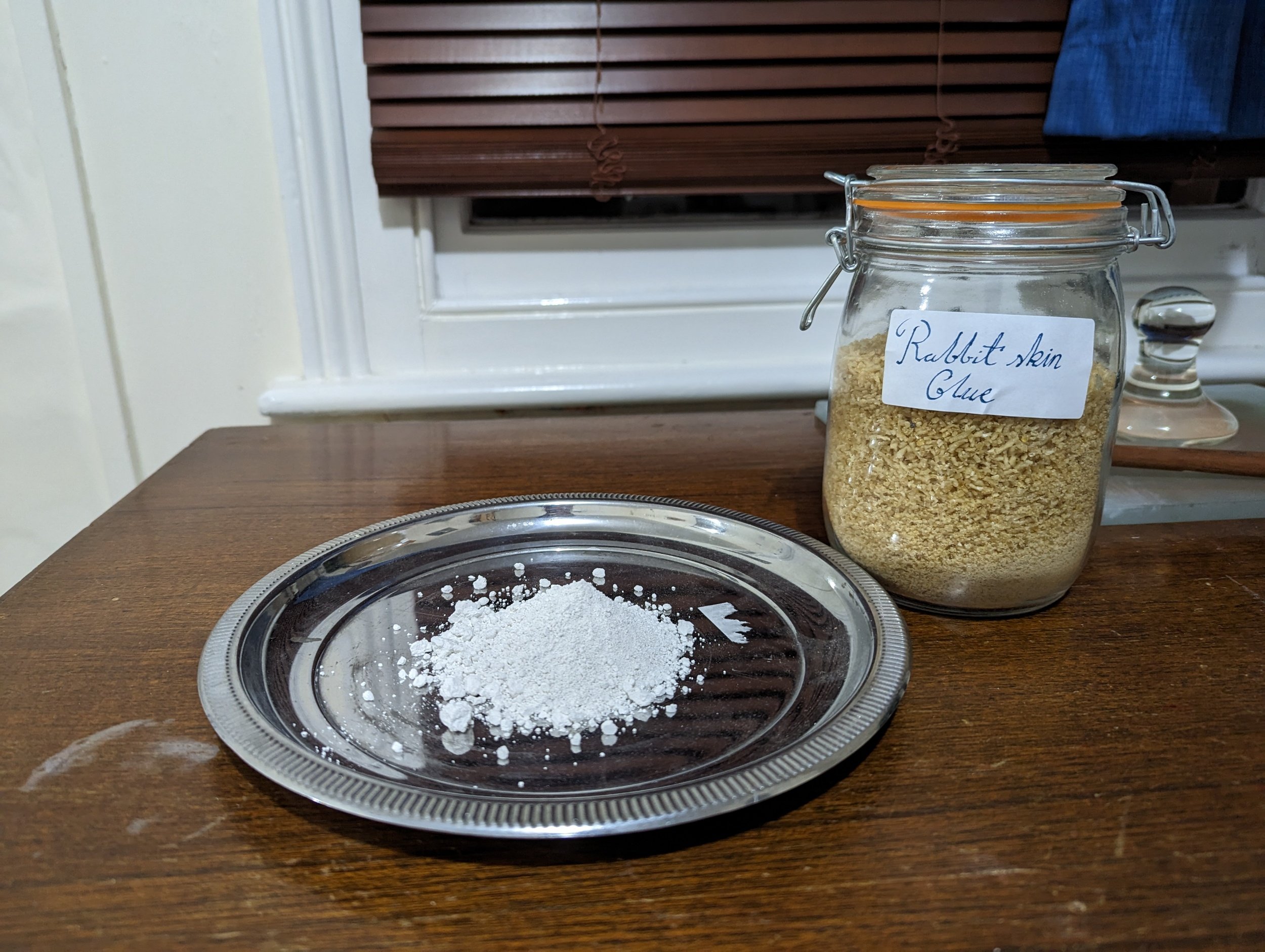Sfumato technique in “Lady with an Ermine”
In this short video clip, I demonstrate an approach to achieving the incredibly subtle shadows (sfumato) observed in Leonardo’s works.
In his treatise on painting Leonardo states,
“You must not mark any muscles with hardness of line, but let the soft light glide upon them, and terminate imperceptibly in delightful shadows: from this will arise grace and beauty to the face.”
By experimenting, I have found that the best way to approach this effect is to build up multiple, almost imperceptibly thin layers of shadow. I use heat bodied walnut oil with a very transparent burnt Italian umber for this purpose. First, I use a standard hatching technique to lay down a very small amount of the dark pigment and then soften this using a large goat hair brush as shown in the clip. The brush I have found best for this is extremely soft and looks almost like one used for putting on make-up.
By applying upwards of ten layers of delicate shadow using this technique, the ephemeral smoky quality found in Leonardo’s works begins to appear. Each layer really is so thin that it is almost impossible to see each one individually - but the aggregate effect really is very beautiful. It gives a depth and subtlety to the shadows that simply can’t be achieved with any other technique.
I have found two main difficulties with this technique: 1) the underlying layer must be absolutely dry, otherwise you get more of a smudging effect than a draping effect. This naturally means that the process is extremely slow, with a complete painting taking probably a full year to complete; 2) I have found that the technique seems to encourage the build up of dust and dirt in the wet painted surface - so measures beyond those normally employed are required to keep the dirtying of the painting to a minimum. (As an aside, I remember a passage in one of Leonardo’s own treatises that describes a useful device for storing wet canvases, such that they are suspended face-down such that dust won’t settle on the surface. Although I can’t for the life of me remember in which book that was. I promise to update this post if I do recall!)
A thorough description of how this technique was used to create an incredibly accurate copy of the Mona Lisa can be found in a fascinating publication by Sandra Šustić called “Paint handling in Leonardo’s Mona Lisa: guides to a reconstruction” which I link here.


